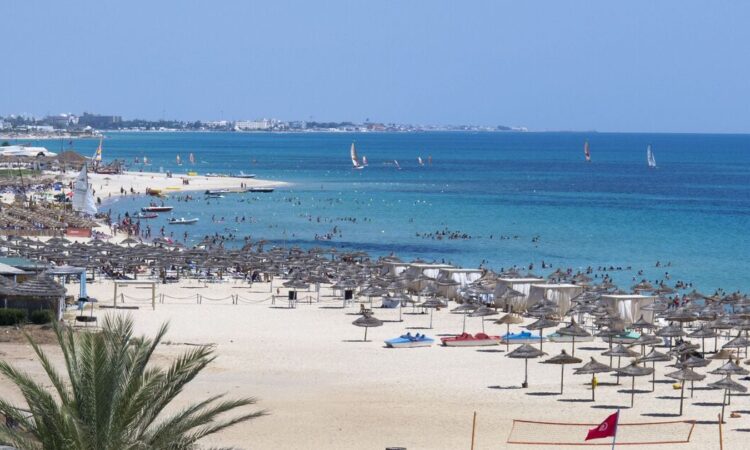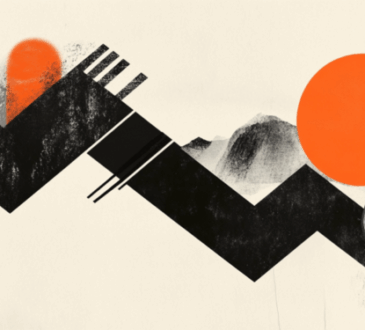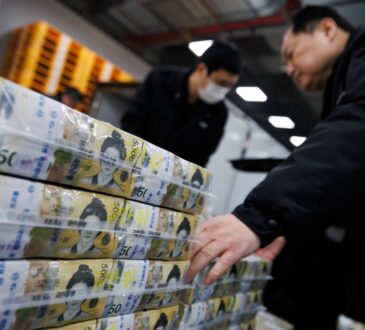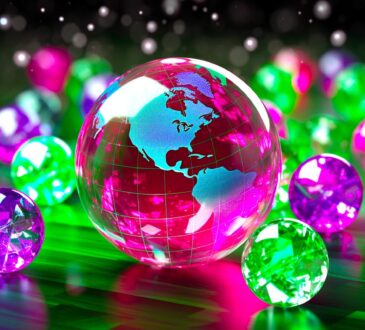
8. South African Rand (ZAR)
The South African Rand, named after the mineral-rich “Witwatersrand” ridge, was first issued in 1961, replacing the South African pound. Managed by the South African Reserve Bank, the ZAR is designed for price stability and foreign exchange regulation. Today, 1 GBP is equal to around 22.9 ZAR.
7. Ghanaian Cedi (GHS)
The Ghanaian Cedi, derived from the Akan word for “cowry shell,” serves as the official currency of Ghana. Ghana stopped using the British pound after independence, establishing the cedi as its currency. Despite challenges with inflation, the GHS remains one of Africa’s strongest currencies, with 1 GBP trading at approximately 20.87 GHS.
6. Eritrean Nakfa (ERN)
The Nakfa is Eritrea’s sole legal currency, introduced in 1997 to replace the Ethiopian birr. It has a fixed exchange rate, with 1 GBP equaling 19 ERN. In 2016, Eritrea redesigned its banknotes to combat counterfeiting, with the latest designs created by Clarence Holbert and printed in Germany.
5. Seychellois Rupee (SCR)
The Seychellois Rupee is the official currency of Seychelles, an East African island nation. Introduced in 1914 under British rule, the Seychellois Rupee is now regulated by the Central Bank of Seychelles, established in 1979. Currently, 1 GBP is roughly equivalent to 17.12 SCR.
4. Botswana Pula (BWP)
Botswana’s official currency, the Pula, holds cultural significance as its name means “blessing” or “rain”. The region is affected by scarcity of rainfall. Botswana used the South African rand before introducing the pula in 1976. Managed by the Bank of Botswana, the currency was initially pegged to the USD. Today, 1 GBP equals about 17.36 BWP.
3. Moroccan Dirham (MAD)
Morocco is another country popular with British holidaying tourists, and Moroccan Dirham is the country’s official currency. Before French colonisation, Morocco used various precious metal coins. The country switched to the Moroccan franc in 1912, and the dirham was introduced in 1960. Now, 1 GBP is around 12.69 MAD.
2. Libyan Dinar (LYD)
The Libyan Dinar, also known locally as “jenh” or “jni,” is the authorised currency of Libya. Throughout its history, Libya used several currencies, including the Algerian franc, Egyptian pound, and Italian lira.
Following its independence in 1951, Libya introduced the Libyan pound, later replaced by the LYD in 1971 with the establishment of a central bank. At present, 1 GBP is approximately 6.2 LYD.
1. Tunisian Dinar (TND)
The Tunisian Dinar is the official currency of Tunisia – a country popular with British holidaymakers – and is managed by the central bank, Banque Centrale de Tunisie, founded in 1958.
Tunisia’s economic and political landscape evolved post-colonial rule, with the dinar replacing the Tunisian franc. Today, the TND is one of Africa’s strongest and most reliable currencies, with 1 GBP equating to about 4.1 TND.




